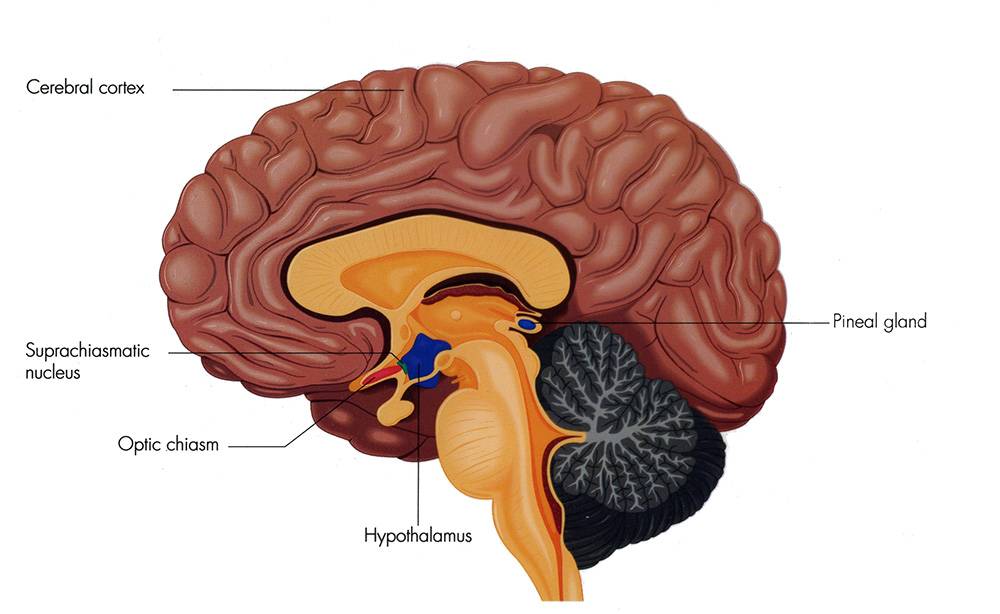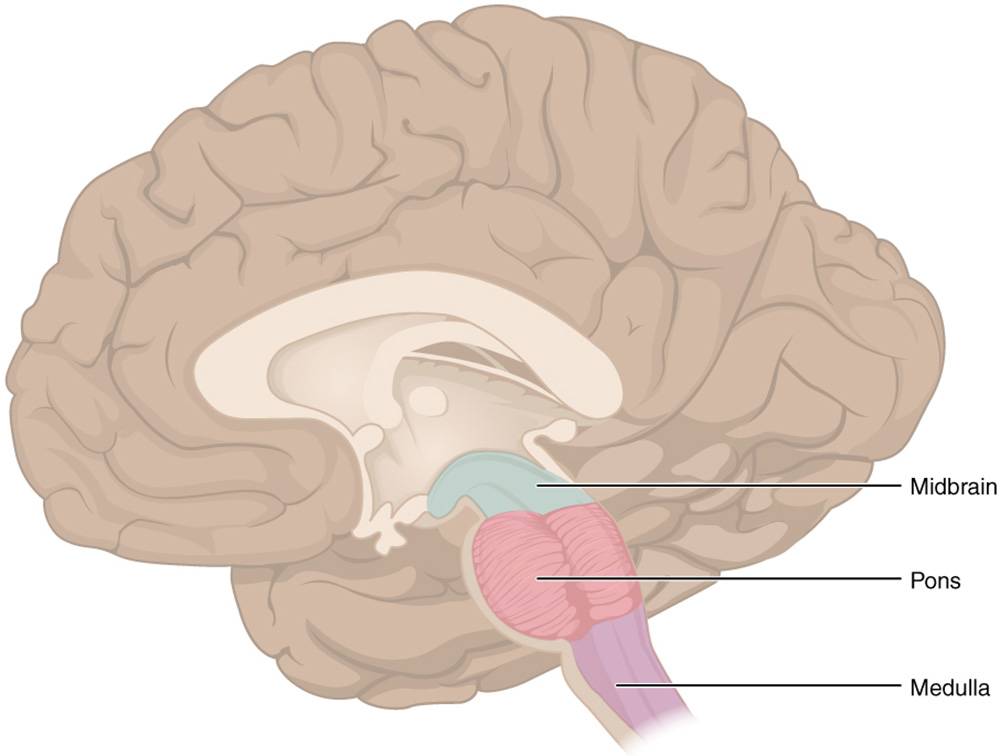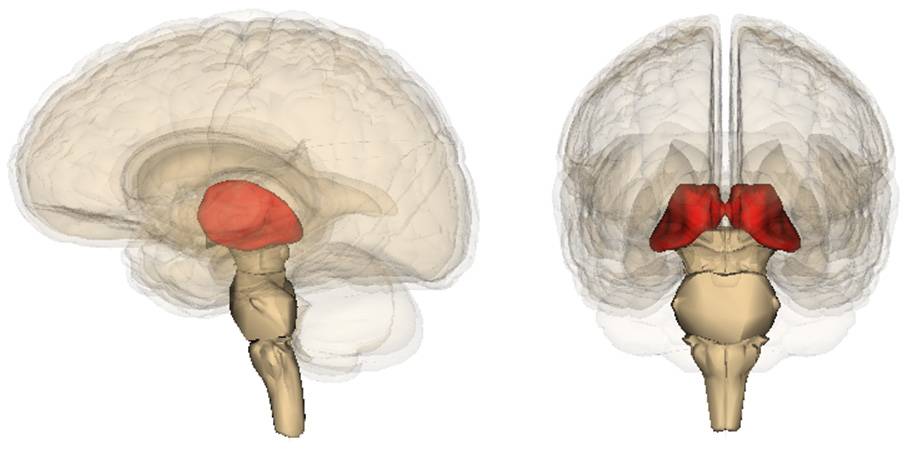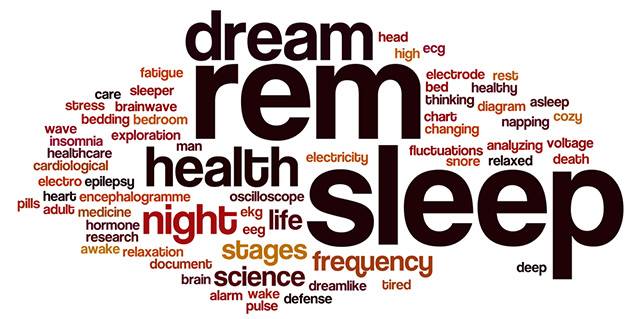We spend close to a third of our lives sleeping in order to reset, recharge, and heal our minds and bodies from everyday stressors and outside influences. It is a crucial element that can wreak havoc on our abilities to mentally process information, and creates physical ailments when it is not properly addressed.
Even if you feel that you are getting the right amount of rest, if you wake feeling tired, sluggish, or struggle with accomplishing tasks, you most likely are not cycling through sleep stages as you should. Stages of sleep are defined as the depth of sleep you experience and the degree of brain function that is occurring. It is normal to move through these stages as you sleep and is actually required in order for full-body rest to occur.
The following details the science behind this all so you can better understand what is going on when you go to sleep each night.
How Much Sleep Do You Need
Sleep and sleep patterns are unique to each individual despite the close patterns associated with them. How much sleep you need also varies from age group to age group, but on average the following hours are required to properly cycle through the sleep process:
- Newborns – 14 to 17 hours
- Infants- 12 to 15 hours
- Toddlers- 11 to 14 hours
- Preschoolers- 10 to 13 hours
- School-Age Children- 9 to 11 hours
- Teenagers- 8 to 10 hours
- Young Adults /Adults- 7 to 9 hours
- Older Adults- 7 to 8 hours
When sleep cycle time is disrupted, or you are not getting the amount of sleep described above, you may begin to experience sleep deprivation. This inhibits brain function during day due to the failure of your body to experience enough rest, and over time this can lead to many mental and physical problems.
Your body’s immune system will lower, and increase your chance for infection; your heart may become taxed, increasing your risk for high blood pressure and stroke; you will not be as mentally capable of making decisions, remembering things, or problem solves; and you increase your chances of weight gain and diabetes.
Sleep Anatomy: Terms to Know
Our brains are incredibly complex, and there are specific portions of our brain associated with sleep. Understanding the role of each can better help you understand sleep stages and how they affect us.
— Suprachiasmatic Nucleus (SCN)
This is a cluster of thousands of cells that receive information about light exposure from your eye. It is located inside a small structure located deep in your brain called the Hypothalamus.
The SCN also sends signals as the day darkens to the pineal gland, located between the brain’s two hemispheres, to increase the hormone melatonin, which is what allows you to sleep
— Brain Stem
Our brain stem, located at the base of the brain, is the relay center between the rest of the body and brain activity. While we sleep it works with the Hypothalamus to secrete chemicals called GABA to reduce activity. This helps keep our bodies from moving while we dream.
— Thalamus
The thalamus relays information from our senses to an area of the brain associated with short to long term memory storage. It is generally quiet during sleep, but becomes very active during the REM sleep stage when it sends images, sound, and other sensory experiences into our dreams (explained below).
Types of Sleep
There are two types of sleep, non-REM and REM. REM stands for Rapid Eye Movement and is linked to brain wave activity. Most of our sleep occurs in non-REM stages and cycles regularly through them with increasingly longer REM sleep cycle times occurring towards morning.
— Non-REM Sleep
Non-REM, or NREM, defines three stages of sleep waves we experience multiple times each night. The psychology we experience through each stage of sleep is also explained here, with very little brain processing occurring through the first three stages, and periods of active brain function during REM stages.
Stage 1: Transition
This is the time spent between wakefulness and falling asleep. It generally only lasts a few minutes to 10 minutes, and is a period of time in which your muscles relax, your heartbeat and breathing slows, and your eye movements begin to stop. Your body may twitch, and you may wake easily during this time if disrupted.
Stage 2: Light Sleep
This is a period of light sleep and may last anywhere from 30 to 60 minutes at a time. Your body relaxes even further during this stage, eye movements stop completely, and your body temperature begins to drop. Brain activity is very slow but may have small bursts of activity. You spend most of your night in this stage as you cycle back to it.
Stage 3: Deep Sleep
This period of deep sleep lasts anywhere from 20 to 40 minutes and is cycled through more often in the early part of the night with it occurring less often the longer you sleep. Your heartbeat, breathing, and body temperature drops to its lowest point at this time for full body relaxation. Brain waves are slow, and it is very difficult to wake somebody from this stage.
— REM Sleep
This period of sleep is deeper even than stage 3, but is marked by irregular breathing and a raise in heart rates and blood pressure. Eye movement and eyelid fluttering is common, hence the name: rapid eye movement. Brain wave activity increases and most of your dreaming occurs during this phase.
It is typical to cycle into your first REM stage about 90 minutes after you fall asleep. The length of time you spend in it varies, but you will typically cycle through at least 4 times each night, with REM occuring for longer periods of time and more frequently the closer you get to waking.
Conclusion
If you are interested in determining when you are experiencing each sleep stage through the night, you can easily begin to chart your own patterns. You can easily create your own stages of sleep charts with the use of sleep cycle apps to help you determine when you experience each stage and what problems may contribute to any poor rest you have noticed.
Cycling through sleep each night over the proper amount of time is crucial to your overall health. It is especially important for developing children as it allows for both physical growth and brain development to occur at normal rates. Adults also require this time to improve cognitive memory and allow for proper healing processes to occur.









